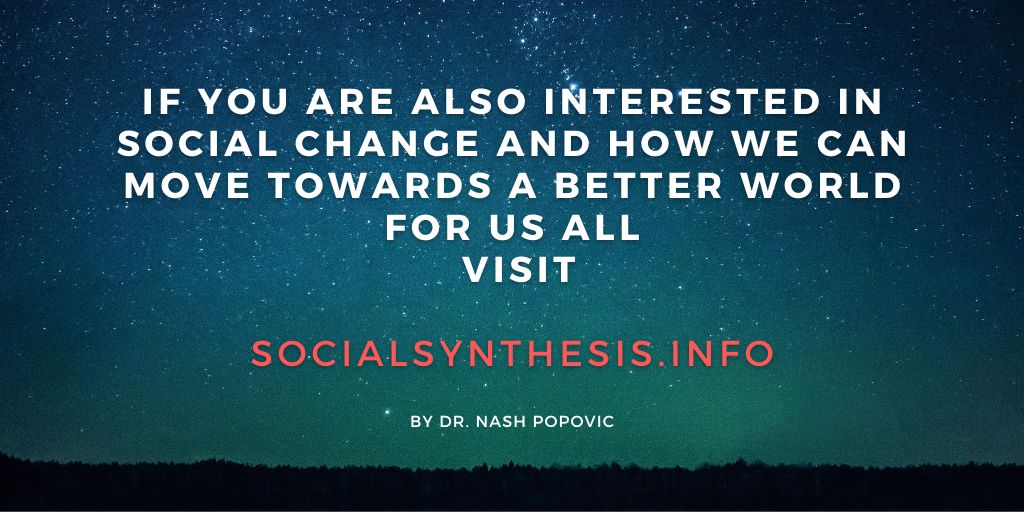1. Self-awareness
Turn inward for your voyage! For all your arts you will not find the Stone in foreign parts.
Angelus Silesius (17c mystic and poet)
Self-awareness is the first area because it is a foundation for all the others. You may wonder, if it is so important, why are we all not already very self-aware? This is because there are some obstacles to self-awareness. What they are, and methods to overcome them are suggested below.
“I can’t be bothered” (Self-ignorance)
It is tempting to ignore our inner world as many other things call for our attention, but self-awareness matters for several reasons:
- The better you know yourself, the more you can be in charge of your life. Imagine you find yourself in a land you know nothing about. You are likely to feel lost. But the more you learn about that land, the more easily you can navigate through it. The same applies to the landscape of your mind. If you want to be in charge, you need to know what is going on in there.
- Ignoring your inner processes does not make them disappear – you are just less able to influence them.
- Self-awareness can help you assess a situation more accurately (e.g. you may recognise that your preferences or moods in a particular situation are affecting your judgement).
- Self-awareness can also help you form realistic expectations, which reduces disappointments (e.g. you may realise that you are not in the best frame of mind to do something well).
- Understanding yourself can help you understand others, too; for example, understanding why you get angry in some situations may help you understand why others get angry too.
- Self-awareness can also help your development – you will know what direction to take and what you need to work on.
- It is interesting! Our inner world can be as rich as our external one, so a life without self-awareness is impoverished and can make you more dependent on external stimulation.
These methods can help you learn more about yourself:
Introspection or self-observation: simply stop and pay attention occasionally to what is going inside you (your thoughts, feelings, mental images, needs etc.).
Keeping a diary: expressing yourself in writing can help you feel better and recognise certain patterns that would otherwise go unnoticed (e.g. feeling irritated may be the result of a food allergy, but that link is difficult to spot without keeping records). To be effective, your diary should include the thoughts and feelings you had alongside events (e.g. ‘I didn’t say anything, but I thought she was rude and felt hurt’). Keep analysing and judging separate though, as they can distort your recollection.
Self-disclosure: sharing your thoughts and feelings (with a friend, relative, or counsellor) is one of the oldest and best ways of increasing self-awareness.
“I may not like what I find” (Self-deceit)
Self-deceit can make you feel temporarily better, but in time, discrepancies between the real person and a created image accumulate, which creates a conflict with reality. Being honest with yourself is not always comfortable, but it ultimately pays off. Try this to check if you are deceiving yourself:
Know thyself, truly
- It is easier to be objective if you create some distance, so imagine watching yourself in the cinema.
- If it was another person with the same self-beliefs, would you think that he or she was objective?
- Ask somebody you trust to tell you what they think, but bear in mind that others may not always be right. So, if possible, ask more than one person, or combine this with other ways of getting to know yourself.
“I don’t understand…” (Obscurity)
Self-knowledge is not only about being aware of what is going on inside you but also about understanding why. This may require some investigative work, and we have plenty of opportunities for that. For example, the way you perceive and describe a scene, event or person is always to some extent unique, so it can tell you something about yourself (ask yourself: “Why do I remember his clothes but not his face – what does that say about me?” ). If you want to find out why you feel in a particular way, locating when exactly that feeling started and what happened at that point may help. Keeping a diary can be very useful in this respect. Some also suggest that using symbolic imagery may be revealing [1]:
Symbolic self-representation: visualise or draw an image that symbolises yourself at this moment. If your inner self was, say a house, what would that house look like? Is it big or small, detached or attached, dark or light? What is in the cellar and in the loft? How do you feel in the various parts of the house? Which parts of you do they represent?
Dreams, daydreams and fantasies are particularly difficult to understand as they seem to work according to a different ‘logic’ from what we are used to. There is much disagreement about the purpose and meaning of dreams. One extreme view maintains that dreams are random and meaningless sensations, and the other that they are messages from a hidden part of our consciousness with universal symbols and language. A midway position sees dreams as the expressions of our states of mind. While, when awake, our experiences create, so to speak, our state of mind, in dreams, our state of mind creates experiences. In other words, dreams are manifestations of our emotions, desires, thoughts and other drives. So they can be meaningful, but their meaning is not universal. A similar dream can have a different meaning for you than for somebody else. The following techniques can help you understand your dreams, but remember that the purpose of doing so is to learn about yourself, not to find some secret message about the future!
Understanding your dreams: in order to understand your dreams, you need first to remember them. The way to do so is to keep a pen and paper near your bed. When you wake up, don’t jump out of bed straight away – keep your eyes closed for a few moments and let your dream come back to you. Then write down what you can remember. You already know that dreams do not follow logic but associations, which is why they may be confusing and difficult to interpret. Here are some methods that can help you make sense of them:
- Dream images are part of you, so if you want to know why they appeared, you can have a dialogue with them. For example, you can ask a person from your dream, “Why were you there?” Then imagine that you are that person and try to answer.
- Dreams are often expressions of our inner states that may need our attention (if you are hungry, you may dream cakes; if you are anxious, you may dream a monster chasing you). So, rather than focusing on images, you may focus on what you felt, what needs the dream presents. This is not to say that you should gorge on cakes when you wake up; just be aware and consciously decide if you need to attend to it.
- The meaning of a dream may not be found in what happened but in what you did, how you reacted to it. For example, if you got angry, you may ask yourself if that’s what you would do in real life and if this is the best way to deal with such situations.
- Dreams can also be problem-solving events, your mind continuing to look for a solution you haven’t found yet. In this case, you don’t need to try to figure out the solution from the dream; you can just focus on the task and let the unconscious mind contribute to the solution spontaneously.

